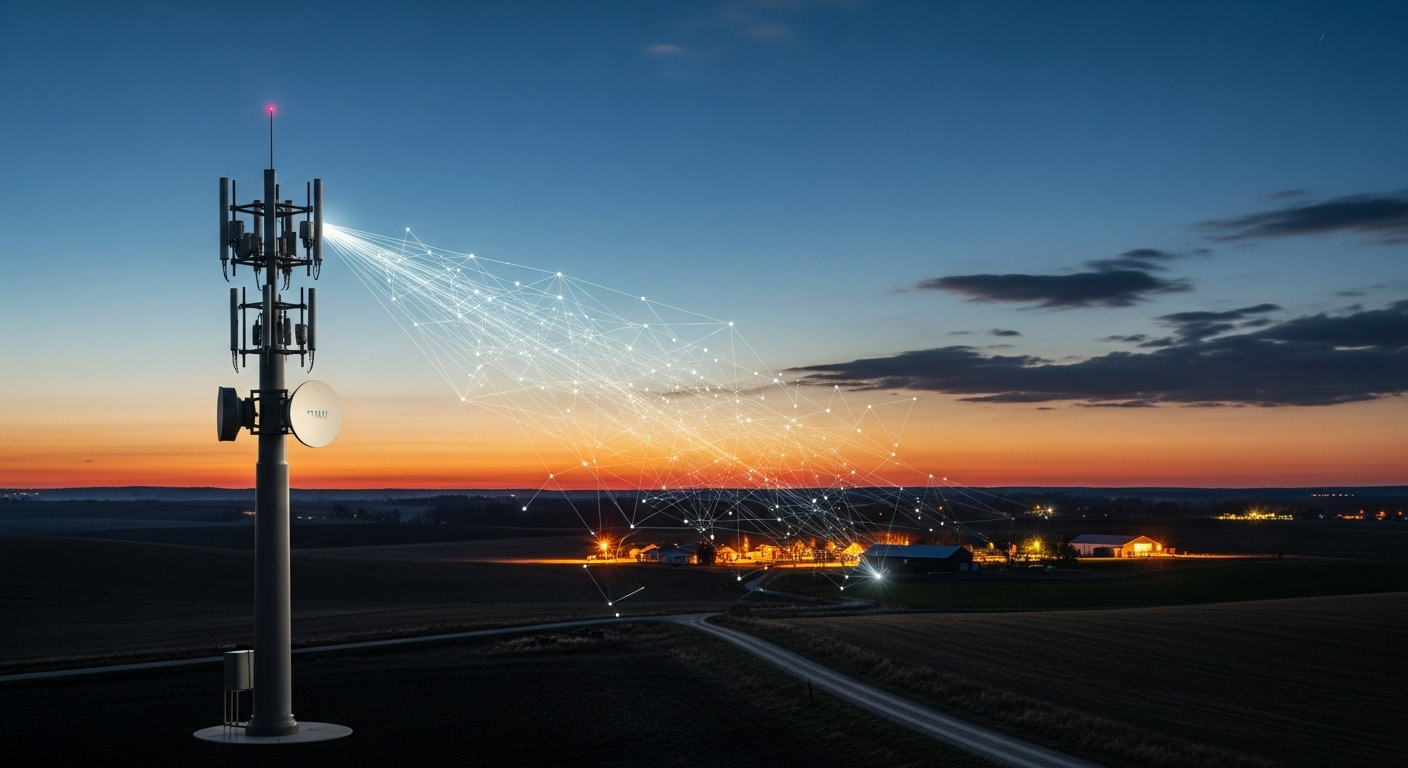Telco Resilience: Fortifying Networks Against Natural Disasters
In an era where connectivity is paramount, the telecommunications industry faces a growing challenge: safeguarding networks against the increasing frequency and intensity of natural disasters. This article delves into the cutting-edge strategies and technologies telecom companies are employing to ensure communication resilience in the face of earthquakes, hurricanes, floods, and other catastrophic events.

Innovations in Network Hardening
Telecom companies are investing heavily in physical infrastructure improvements to withstand extreme conditions. One innovative approach involves the use of composite materials in cell tower construction, offering superior strength-to-weight ratios compared to traditional steel structures. These advanced materials can better withstand high winds and seismic activity, reducing the risk of tower collapse during severe weather events or earthquakes.
Another key development is the implementation of smart monitoring systems on network equipment. These systems use AI-powered sensors to detect early signs of structural stress or environmental threats, allowing for preemptive maintenance or protective measures to be taken before a disaster strikes. This proactive approach significantly enhances the overall resilience of telecom networks.
Decentralization and Redundancy Strategies
To mitigate the risk of widespread outages, telecom operators are adopting decentralized network architectures. This approach involves distributing critical network components across multiple locations, reducing the vulnerability to single-point failures. By implementing redundant systems and backup power sources, providers can ensure that even if one part of the network is compromised, communication services can be maintained through alternative pathways.
One particularly innovative solution in this realm is the deployment of mobile network units. These portable, self-contained systems can be rapidly deployed to disaster-affected areas, providing temporary coverage and restoring communication services in the immediate aftermath of a catastrophe. These units often incorporate satellite connectivity, ensuring they can operate independently of local infrastructure.
Leveraging Cloud Technologies for Network Resilience
Cloud-based solutions are playing an increasingly crucial role in disaster preparedness and response within the telecom sector. By migrating critical network functions to the cloud, operators can ensure continuity of service even if physical infrastructure is damaged. Software-defined networking (SDN) and network function virtualization (NFV) technologies enable rapid reconfiguration of network resources, allowing for dynamic adaptation to changing conditions during and after a disaster.
Furthermore, cloud-based data backup and recovery systems ensure that vital customer and operational data remain accessible, facilitating faster service restoration and minimizing long-term impacts on business operations. This shift towards cloud-centric architectures represents a fundamental change in how telecom networks are designed and managed, prioritizing flexibility and resilience over traditional, more rigid infrastructures.
Advanced Warning Systems and Predictive Analytics
Telecom companies are harnessing the power of big data and machine learning to develop sophisticated early warning systems for natural disasters. By analyzing vast amounts of meteorological data, seismic activity, and historical patterns, these systems can predict potential threats to network infrastructure with increasing accuracy. This foresight allows operators to take preemptive measures, such as reinforcing vulnerable sites or strategically repositioning mobile assets.
Predictive analytics are also being applied to network traffic management during crises. By anticipating surge demands and potential bottlenecks, operators can dynamically allocate resources to ensure critical communications remain operational. This proactive approach to network management is crucial in maintaining service quality during high-stress situations.
Collaborative Efforts and Industry Standards
Recognizing that disaster resilience is a shared responsibility, telecom operators are increasingly collaborating with government agencies, emergency services, and other industry players. These partnerships facilitate the development of comprehensive disaster response plans and the establishment of industry-wide standards for network resilience.
One notable initiative is the creation of mutual aid agreements between telecom providers. These agreements allow for the sharing of resources, including equipment and personnel, during emergencies. Such collaboration ensures a more coordinated and effective response to large-scale disasters, ultimately benefiting affected communities.
The Road Ahead: Challenges and Opportunities
While significant progress has been made in fortifying telecom networks against natural disasters, challenges remain. The increasing complexity of modern networks, coupled with the unpredictable nature of extreme weather events, necessitates ongoing innovation and adaptation. Moreover, the financial implications of implementing comprehensive resilience measures pose a significant hurdle for many operators, particularly in developing regions.
However, these challenges also present opportunities for technological advancement and industry growth. The development of more resilient network technologies not only enhances disaster preparedness but also contributes to overall network quality and reliability. As the telecom industry continues to evolve, the focus on resilience is likely to drive innovation in areas such as energy-efficient backup systems, advanced materials science, and AI-driven network management.
In conclusion, as natural disasters become more frequent and severe, the telecommunications industry’s ability to maintain connectivity in the face of adversity is more critical than ever. Through a combination of innovative technologies, strategic planning, and collaborative efforts, telecom operators are rising to the challenge, ensuring that vital communication links remain intact when they are needed most. The ongoing pursuit of network resilience not only safeguards critical infrastructure but also paves the way for a more robust and adaptable telecommunications landscape in the years to come.





